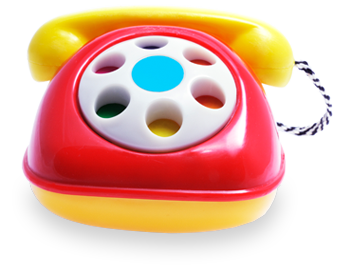This initial evaluation includes a review of your child’s medical history, medical records, and medications, a neurological exam, and one or more of the following tests.
Magnetic Resonance Imaging (MRI)
MRI uses magnets to create a high-quality image of the brain and detect abnormalities that may reveal the seizure focus.
Routine Electroencephalography (EEG)
Electrodes are placed on the scalp to record brain waves. While lying still on a bed, your child may be asked to perform simple tasks or watch a flashing light. In most cases, brain waves are recorded when your child is awake and asleep.
Ambulatory EEG at Home
This test records brain waves for a longer than a routine EEG to increase the chances of recording an irregularity. Your child will go home wearing electrodes on their scalp and a miniature, portable recorder for one to four days. Brain activity is recorded continuously. You will be asked to push a button when any seizures occur and to maintain a detailed log of your child's activities. This helps doctors learn more about your child’s seizures.
Video EEG and the Epilepsy Monitoring Unit
This technology records brain waves and captures video during actual seizures, which can help doctors with diagnosis and surgical evaluation. Before and during the test, anti-seizure medications are often reduced or stopped to increase the chances of recording a seizure. Your child will be admitted to the hospital for three to five days and closely monitored in our specialized epilepsy monitoring unit (EMU). Video EEG can also be performed using electrodes that have been surgically placed on or in the brain. This allows for more precise mapping of brain function and targeting seizure origins.
Genetic Testing
A blood sample or cheek swab can help determine whether your child’s epilepsy is genetic, which can affect the treatment plan.


